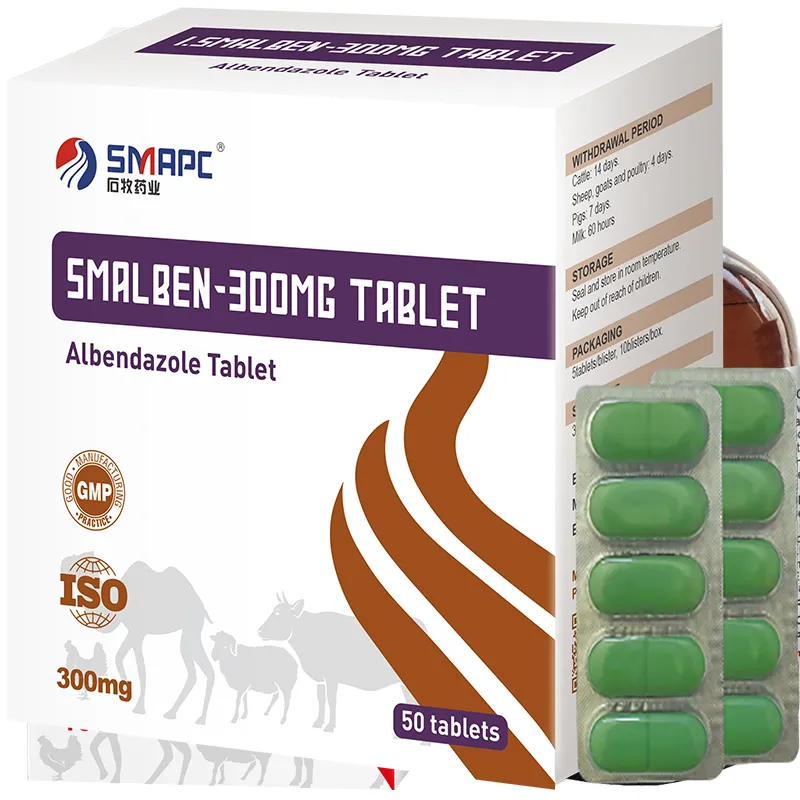2. Biosecurity Measures Implementing strict biosecurity practices is essential. This includes isolating new goats before introducing them to the herd, sanitizing equipment, and minimizing shared resources among different herds. Proper management practices can help ensure that your goats remain healthy.


